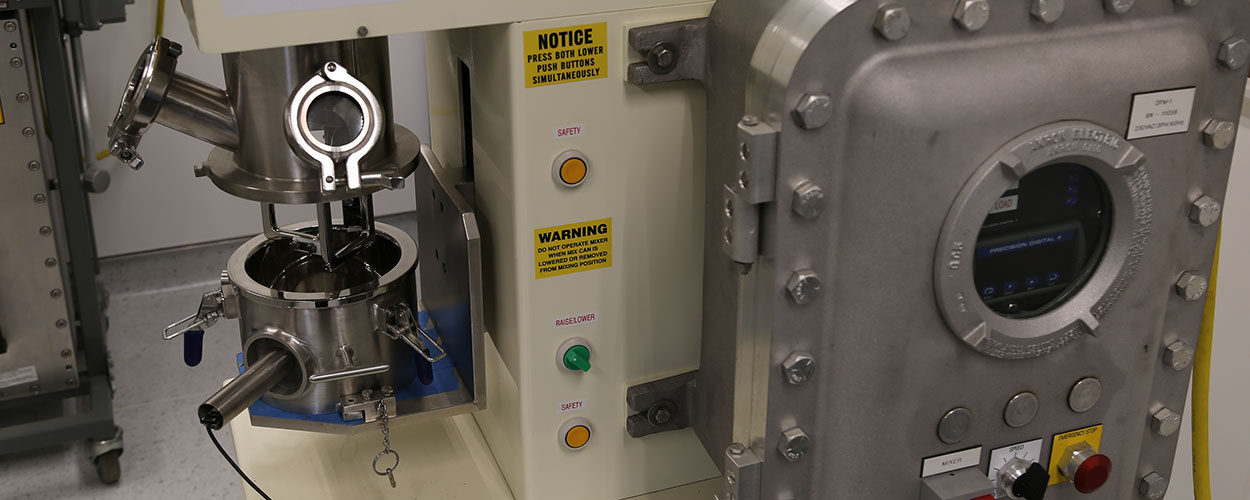Center Invests in Upgrades to Restore Obscurant Capability
Center Invests in Upgrades to Restore Obscurant Capability
Provided by CCDC Chemical Biological Center Research and Technology Directorate
The U.S. Army Combat Capabilities Development Command (CCDC) Chemical Biological Center is restarting its research program on red phosphorus in an effort to improve Soldier survivability on the battlefield.
For uses in military applications, red phosphorus is the primary ingredient in tactical rocket warheads and mortar rounds used to generate visible smoke. This smoke provides a cloak of protection for warfighters.
“This high-performance material is extremely effective due to its hygroscopic nature, 1 gram of phosphorus in a payload produces 3-4 grams of aerosolized smoke. There is no other smoke on the market that currently performs at this level,” noted Larry Bickford, chief of the Center’s Smoke and Obscurants Branch.
Adding this capability to the center’s research mission required a facility upgrade. “We were able to invest $200,000 to support infrastructure upgrades in the building. This investment allowed us to upgrade the building to DoD safety standards; bringing an operational capability back to the Center,” said Dan Davis, Center business manager.
“The investment into the safety of the facility was non-negotiable when working with these hazard-classified compounds,” said Matthew Shue, acting director for the Center’s Research and Technology Directorate. “Collaborative efforts between the CCDC Chemical Biological Center Risk Management Office and Aberdeen Proving Ground Fire Marshall were critical as we worked to ensure the facility would exceed DoD requirements, as safety is the number one priority for our workforce.”
The machinery installed in the facility matches the type of machinery that would be found in a high-volume production environment. Matching the machinery found in a high-volume operation will enable development of novel formulas and processes to improve the safety of red phosphorus munitions on a laboratory scale. The investment facilitates a potential future transition of applied research to high-volume production.
“Through investing in our laboratory scale facility, we can research novel formulations and processes to improve product safety for the warfighter,” said Bickford. “Red phosphorus is chemically incompatible with other energetic materials, and this incompatibility requires the use of a separate, dedicated facility. If moisture penetrates the cavity of the rocket warhead or mortar, it can degrade the red phosphorus payload and produce phosphine.”
Phosphine is a hazardous gas and creates product handling and storage challenges for warfighters. Due to this potential threat, there is an immediate user demand for research of novel formulations of red phosphorus that mitigate degradation risks and reduce open-flame risks.
Building upgrades have been completed and the CCDC Chemical Biological Center has a list of customers waiting to invest in this research. The Center is currently going through the final DoD approvals and expects the red phosphorous facility to be operational during the 2019 calendar year.
One of the many safety features in the red phosphorus facility is a steel enclosure housing the electrical components to safeguard against potential hazards from sparks igniting particulates.
Photo by Jack Bunja.

